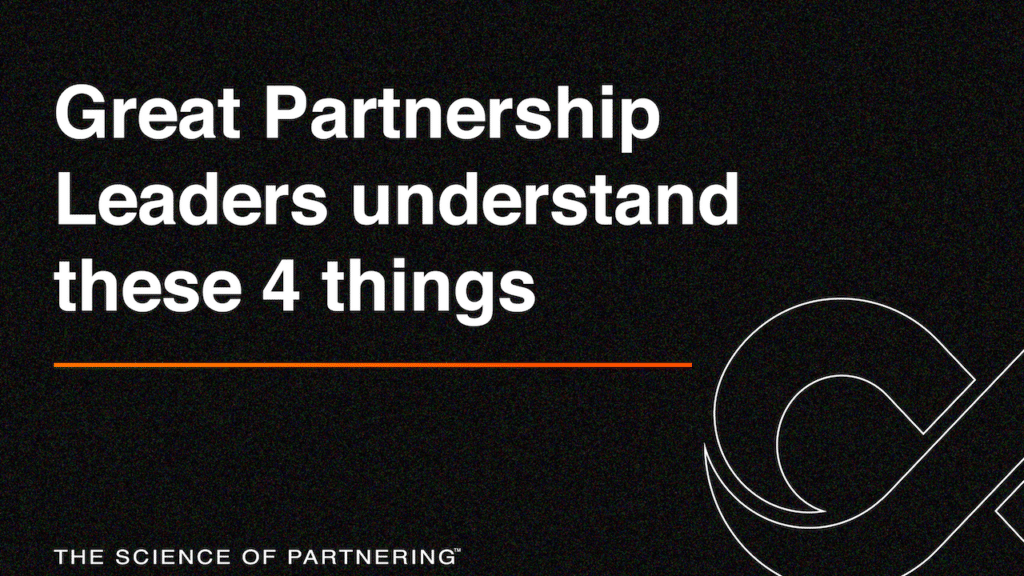A significant amount of research has been conducted over the past several decades that supports the use of personality assessments. These tools are commonly used to better match employees with their natural strengths and interests and help improve communication and collaboration among teams. Company leaders, HR teams, and consulting firms use a range of tools such as DISC, Kolbe, Myers-Briggs, Predictive Index, and Culture Index to analyze and illuminate behavioral insights.
Personality profiling instruments can evaluate how well a candidate “fits” success factors linked to specific job roles and provide insights as to how to best communicate with any counterpart. For example, profiling tools suggest most successful salespeople are outgoing, extroverts who prefer to work in groups, and most lack great organizational skills. Do you agree? No tool is perfectly accurate, but most can provide directional attributes on ideal behaviors for positions and help you predict the collaboration style that is most congruent with a given profile type.
DISC Framework
I’m a fan of the DISC tool and I frequently encourage teams to leverage the insights and conversations that come from exploring its usefulness. The DISC framework was first developed by psychologist Dr. William Marston in 1928. His seminal work has since been used to develop other assessments, all centered around identifying and better understanding ones natural and adaptive modes of behavior.
At its core, DISC helps people understand their natural mode of communication and collaboration by evaluating two continuums. One, is the person “outgoing,” meaning she is energized by being around people, or is she “reserved,” meaning she is energized by being alone. Second, is she task-oriented (prefers to work alone) or people-oriented (prefers to work as a team). Understanding and utilizing this simple, yet powerful framework, is what separates average PDLs from the greats.

“D” = Dominant, the person is “outgoing” & “task-oriented”
“I” = Influencer, the person is “outgoing” & “people-oriented”
“S” = Steadiness, the person is “reserved” & “people-oriented”
“C” = Conscientious, the person is “reserved” & “task-oriented”
As mentioned in the previous section, being an influencer is a core trait of great PDLs. The only way we can influence others is if we are able to “speak their language.” Think of DISC, and similar tools, as your “cheat sheet” to effective interpersonal communication. Each collaboration type, “D,” “I,” “S,” and “C” has a preferred and unique way she consumes and processes information.
For better or worse, my natural mode of collaboration is a “D” or Dominant style on the DISC scale. The “D” mode tends to be outgoing, goal-oriented, very direct, independent thinking, and results-driven. As a “D” I commonly prioritize mission accomplishment over people’s feelings. Perhaps this was ingrained as part of my training in the Marines. However, as someone who values emotional intelligence, I am constantly striving to be self-aware of my communications style.
Like every other human, my natural approach is to speak with counterparts in my natural mode, like a “D.” We all tend to communicate with others in the way that we like to be communicated to. But when a very low EQ approach is taken, the effectiveness level drops to 25%. Why? Because 75% of the rest of the world has a different communications style than you. That is, if you are a “D” like me, there is a 75% probability your next counterpart will be an “I,” “S,” or a “C.” And only a “D” communicates like a “D.”
Behavior Takeaways
My intent in sharing information in this section is not to turn you into a behavior analysis pro, but rather to bring awareness to this superpower skill. The greatest PDLs can paint inspiring visions (entrepreneurial), they are empathetic value creators (high EQ), and they inspire action (influencers). The most efficient way to motivate action in others is to “speak their language,” and this is an advanced skill.
The greatest PDLs know these four very important points:
- Behavior assessments can be a great tool to help professionals communicate and collaborate more effectively.
- The first step in becoming a great communicator is to understand your own natural mode of communication. For me, I need to understand how a “D” communicates and be mindful to not miscommunicate to those who have different modes (I, S, or C).
- Great PDLs understand each of the four behavior modes. And they can accurately determine the natural mode of others by asking thoughtful questions and observing behaviors.
- The fourth and ultimate component is having the humility and skills to “shift gears” from your natural mode to your counterpart’s natural mode so you are now congruent and best able to influence your counterpart’s future behaviors.
The sciences of artificial intelligence (AI), data analytics, and neural networks are continuing to expand into our daily lives. These disciplines offer great complements to the field of behavioral science. Wouldn’t it be great if professionals had tools that could identify incongruent communications modes among collaborators? Or better yet, have tools that proactively recommended communication strategies on a person-by-person basis to help accelerate rapport and trust-building?
Such tools could significantly accelerate the natural relationship-building process that every human requires, thereby improving collaboration outcomes. Fortunately, these tools exist! Companies such as Crystal and yüMIvü offer software tools designed to help teams collaborate more effectively. These solutions efficiently create a behavior profile for users and share recommendations on how to best collaborate based on their system’s findings.
If you would like to learn more about behavior assessments and why they’re essential for partner leaders to understand, the ‘TEAMS’ element of our Strategic Partner Leadership Model course includes additional information on this topic.


